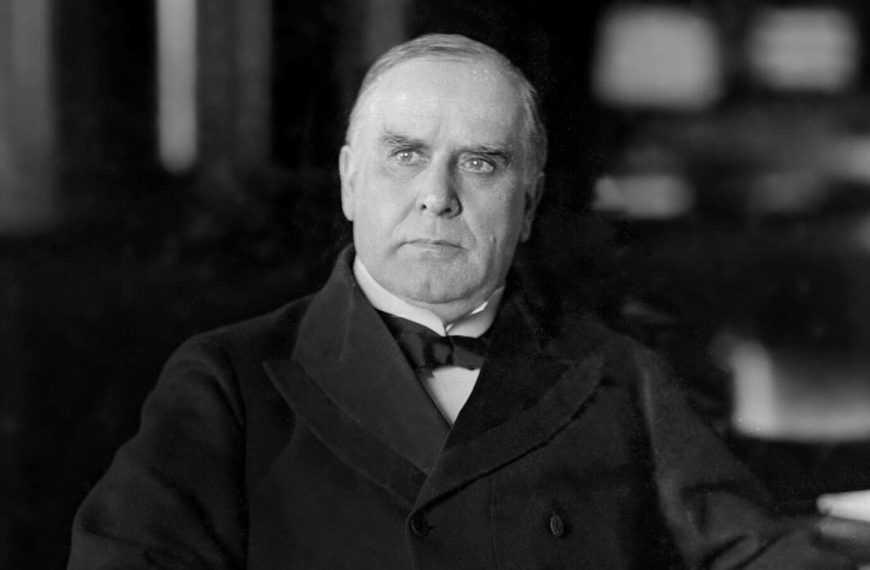The People’s Bank of China (PBOC) is making a significant shift in its lending approach, allowing qualified banks to set varied interest rates for loans through the medium-term lending facility (MLF) starting Tuesday. This change comes after a long period where all lenders paid a uniform rate, and it brings the borrowing costs closer to current market rates, which have generally been lower than the MLF rate.
New Framework for Lending Rates
With this new policy, banks will have the flexibility to borrow from the PBOC at rates that mirror market conditions. Analysts note that the rate on one-year AAA-rated negotiable certificates of deposits currently stands at 1.9%, which is below the MLF rate of 2%. This adjustment highlights the central bank’s intent to ease monetary policy, a contrast to its recent focus on stabilizing the yuan and tightening market liquidity.
- Current Rates Comparison:
- MLF Rate: 2%
- 1-Year AAA-rated NCD Rate: 1.9%
Signals of Policy Shift
Economists from Citigroup, including Yu Xiangrong, view this adjustment as indicative of a shift from a previously hawkish stance to a more accommodative approach as China’s economic policymakers prepare for external uncertainties. They specifically pointed to potential risks from increased US tariffs affecting growth.
In the bond market, the yield on China’s benchmark 10-year government bonds is hovering near a two-week low, with 30-year futures contracts experiencing a notable surge of 0.9% before settling back.
Implications of the MLF Changes
David Qu, a China economist, emphasized that the PBOC’s updated auction rates for the MLF will lead to a more market-oriented interest rate on loans. He shared two key insights:
- The central bank can now reconcile its interest rate policy framework.
- This move may lower money market interest rates in the near term.
As of Tuesday, the PBOC has not released the updated MLF rates.
Economic Context and Future Outlook
In December, China’s leadership approved a "moderately loose" monetary policy for the first time since 2010, yet the PBOC has not implemented any broad easing measures. A notable absence is the anticipated cut to the reserve requirement ratio, which dictates how much cash banks must hold in reserve. External factors, such as the strength of the US dollar and the uncertain trajectory of the Federal Reserve’s rate cuts, are believed to be influencing the PBOC’s cautious approach.
Additionally, Chinese banks are facing narrowing net interest margins, which could restrict further rate reductions.
To complement the changes in the MLF pricing strategy, the PBOC has also announced a net injection of 63 billion yuan (approximately $8.7 billion) through the MLF tool in March, marking the first net addition since July. Analysts from Citic Securities, including Ming Ming, interpreted this adjustment and the resumption of net injections as a clear signal of easing.
This strategic pivot by the PBOC is poised to have a significant impact on China’s financial landscape, as it navigates both domestic and global economic challenges.
For further insights and updates on this evolving situation, stay tuned.











